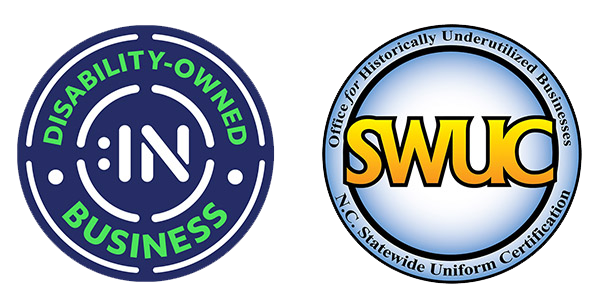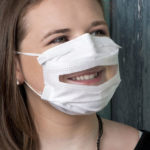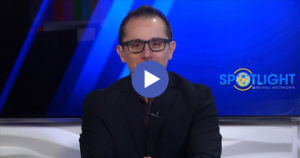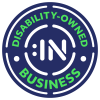Providing Oral Healthcare for Deaf Children
February 2, 2023 2023-02-07 11:26Providing Oral Healthcare for Deaf Children
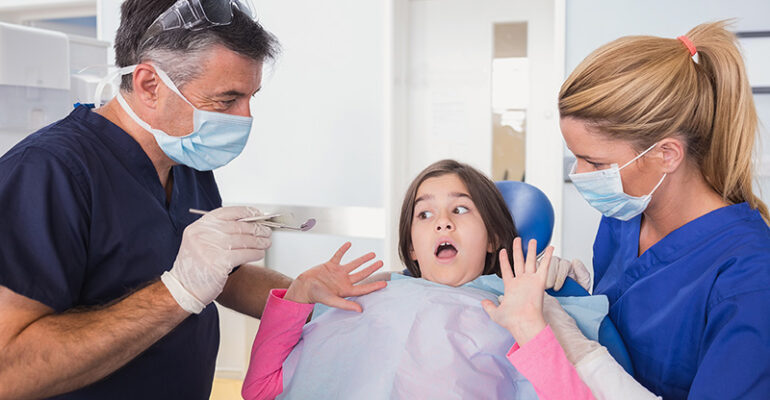
Providing Oral Healthcare for Deaf Children
There is a lot of information about helping improve healthcare communication for deaf and hard-of-hearing adults; however, there is less information when treating deaf children. One of the biggest barriers that adults and children alike face is communication. Many patients perceive they were not properly informed about their disease, treatment, and prognosis. Regardless of a patient’s ability to hear, they have the same rights to full information as other patients.
When a practitioner treats deaf and hard-of-hearing children in a dental clinic, they should tailor to the needs of each child. Several factors can determine how a child will handle and feel about a dental visit including communication skills, the degree of hearing loss, and the severity of the patient’s oral hygiene issues.
The International Journal of Clinical Pediatric Dentistry says practitioners need to consider the unique set of challenges deaf pediatric patients possess. These patients often face challenges with establishing communication. Speech barriers can impact a child’s education about the importance of oral health.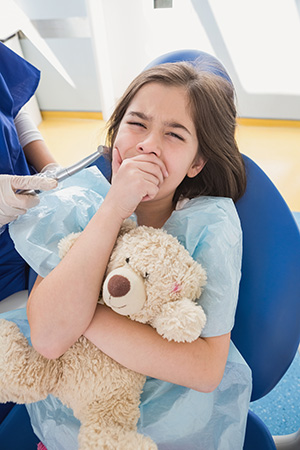
Several studies found the oral characteristics of deaf children include an increased possibility of tooth decay, cavities, and gum inflammation as well as being prone to developing poor dental hygiene earlier in life. Given the increased possibility of these oral health issues, education for all practitioners is key to effectively working with deaf or hard-of-hearing pediatric patients.
The actual dental treatment for a deaf or hard-of-hearing child is similar to that of hearing children but with an increased focus on effective communication. For many in the deaf community, effective communication is often a problem. Ineffective communication can lead to confusion and fear around dentist visits.
Practitioners can provide better care by understanding how each patient prefers to communicate. Three of the most common communication techniques deaf children employ are the use of a sign language interpreter, hearing aids, and lip reading. Children may commonly use 2 or more of these techniques to understand the world around them. Although, these communication styles come with unique sets of accommodations that healthcare providers should be aware of.
3 Common ways deaf and hard-of-hearing children communicate:
- Pediatric patients are most likely to use their parents or caregiver as sign language interpreters when it comes to children’s dental health. Look directly at the child and not the interpreter when speaking. You do not need to raise your voice but rather speak slowly and clearly. Using facial expressions as well as gestures can improve a child’s understanding. Care providers should use simple words to de-escalate the patient’s anxiety. For example, avoid the word ‘pain.’ For any child, especially deaf children, the trigger word can cause immediate anxiety.
- Lip Reading in a dental clinic may be challenging for a child. A traditional face mask blocks the dentist or hygienist’s mouth and facial expressions. Alternative face masks, like The Communicator™ clear face mask, allow the patient to see the practitioner’s mouth and facial expressions. Even if the dental team is using The Communicator™ mask, the supine or laying down position can make it more difficult to accurately read lips. Change their angle so that the patient can see your lip movements.
- While hearing aid technology has come a long way, using a hearing aid is not the same as Patients must relearn to communicate using the hearing aid. With pediatric patients, using a hearing aid may be an even bigger issue because they may be at the beginning of this learning process. Make sure the exam room is quiet and free of background noise. A quiet exam room will allow a patient to focus on what is said.
A deaf or hard-of-hearing child may be particularly afraid of new and unknown situations. Being prepared to demonstrate, the care provider should explain the instruments and equipment. This process may include allowing the child to handle the equipment, especially anything that vibrates. Once thoroughly explained, the child can begin to prepare him/herself while understanding this is normal.
Communication barriers make oral health education extremely important. Talk about bad oral hygiene and the importance of oral care in-depth and even demonstrate in the patient’s mouth while he/she is watching from a hand mirror. Talking about the need for interventions like fillings may help motivate the patient to improve their oral habits. If the patient asks you to repeat any of the information, it is important to try saying the concept in a different way. Dentists and hygienists can use several different approaches to help ease their patient’s fears and anxiety as well as educate them.
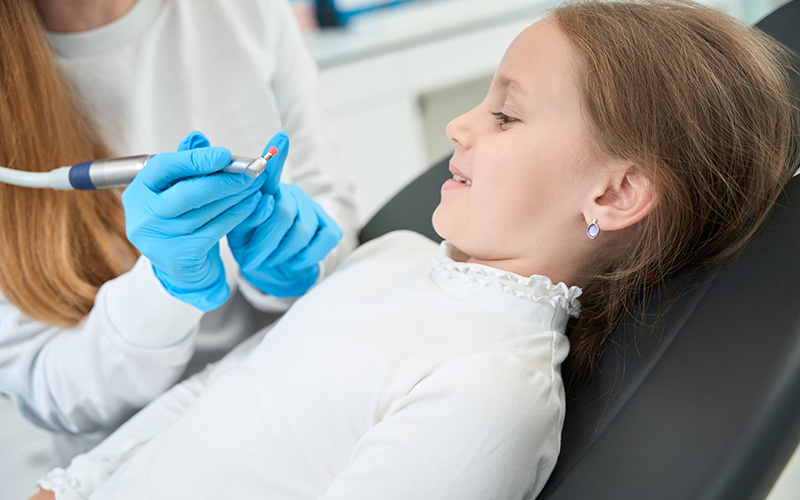
Top approaches to use when easing dental visit anxiety:
- The Tell-Show-Do approach allows the practitioner to tell the patient about what will happen, show them how they will do the procedure, and finally, perform the procedure. Watch the patient’s expression while explaining to make sure the child fully understands what the equipment is and what will happen.
- The Modeling Technique allows the patient to observe a sibling or another child while they are in the dental chair. When another child is not available, use videos of a pediatric dental visit. Practitioners can use posters, photos, and drawings to help improve understanding. This visual technique can be very effective and lower a patient’s anxiety about the visit.
Approaching a dental visit with a deaf-or-hard of hearing child in a carefully planned way can help your dental team be successful in preventing poor oral hygiene. Have visuals to thoroughly show and explain what will happen. Deafness and hard-of-hearing are common ailments among children. In the United States alone, 4 out of every 1,000 infants are born deaf. More than 70,000 children receive hearing services under the Individuals with Disabilities Education Act. Clinicians should use understanding when working with deaf and hard-of-hearing patients and allow additional time for communication and education. Small changes will allow deaf patients to feel empowered and leave the office fully understanding their oral health status.
Sources:
Erdman, K. A. (2019, April 2). Caring for patients with hearing impairment – dimensions of Dental Hygiene: Magazine. Dimensions of Dental Hygiene | Magazine. Retrieved January 25, 2023, from https://dimensionsofdentalhygiene.com/article/caring-for-patients-with-hearing-impairment/
Oral Health Fact Sheet for Dental Professionals Children with hearing impairment – dental.washington.edu. (n.d.). Retrieved January 25, 2023, from https://dental.washington.edu/wp-content/media/sp_need_pdfs/Hearing-Dental.pdf
Renahan N, Varma RB, Kumaran P, Xavier AM. Unique Approach to Dental Management of Children with Hearing Impairment. Int J Clin Pediatr Dent. 2017 Jan-Mar;10(1):107-110. doi: 10.5005/jp-journals-10005-1417. Epub 2017 Feb 27. PMID: 28377666; PMCID: PMC5360814.
San Bernardino-Alsmark S, de Nova-García J, Mourelle-Martínez MR , Gallardo-López NE. How to improve communication with deaf children in the dental clinic. Med Oral Patol Oral Cir Bucal. 2007 Dec 1;12(8):E576-81.
Purchase Online
Featured Deaf Leader
Recent Articles
